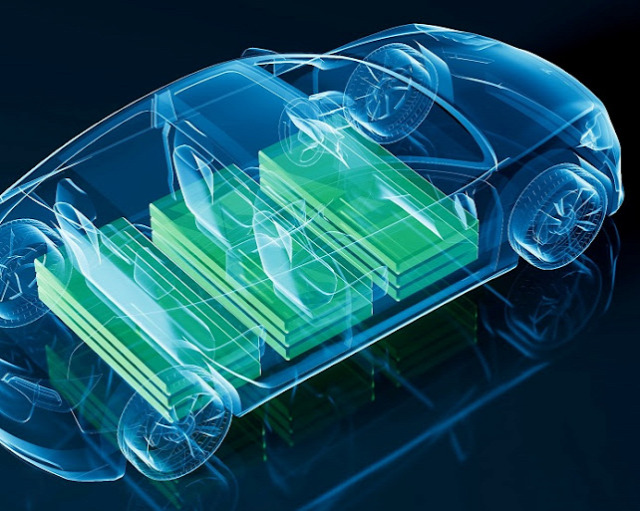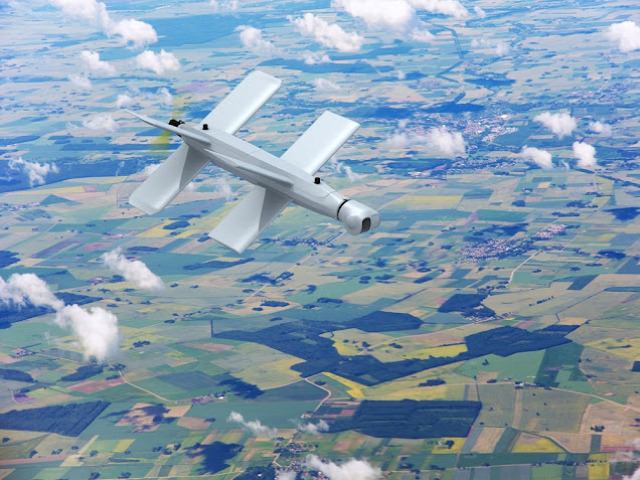
A heavy-duty autonomous vehicle, often referred to as an autonomous truck or self-driving truck, is a type of autonomous vehicle designed to transport goods or cargo without the need for human intervention. These vehicles are specifically built to handle large loads and are commonly used in industries such as long-haul trucking, shipping, and logistics.
The global heavy-duty autonomous vehicle market is expected to grow at a CAGR of 27.42% from 2023 to 2032. The growth of this market is being driven by a number of factors, including the increasing demand for road safety, the development of connected and autonomous infrastructure, and the rising focus on vehicle platooning.
Market Drivers
-
Increasing demand for road safety: Autonomous vehicles have the potential to significantly reduce road accidents, which is a major driver of the market. According to the World Health Organization, road traffic injuries are the leading cause of death among people aged 15-29 years old. Autonomous vehicles have the potential to reduce this number significantly by eliminating human error, which is a major factor in many road accidents.
-
Development of connected and autonomous infrastructure: The development of connected and autonomous infrastructure is another major driver of the market. Connected infrastructure refers to the use of sensors and other devices to connect vehicles to each other and to the environment. This allows vehicles to share information and coordinate their movements, which can significantly improve safety and efficiency. Autonomous infrastructure refers to the development of roads, traffic signals, and other infrastructure that is designed to be compatible with autonomous vehicles. This infrastructure will be essential for the widespread adoption of autonomous vehicles.
-
Rising focus on vehicle platooning: Vehicle platooning is a technology that allows multiple vehicles to travel together in a close formation. This technology can significantly improve fuel efficiency and reduce traffic congestion. The rising focus on vehicle platooning is a major driver of the heavy-duty autonomous vehicle market.
Market Challenges
Safety and reliability issues: One of the major challenges facing the heavy-duty autonomous vehicle market is safety and reliability. Autonomous vehicles are still in the early stages of development, and there are concerns about their safety and reliability. These concerns need to be addressed before autonomous vehicles can be widely adopted.
Lack of regulatory clarity: Another challenge facing the heavy-duty autonomous vehicle market is lack of regulatory clarity. There is currently no clear regulatory framework for autonomous vehicles in many countries. This lack of clarity is a barrier to the adoption of autonomous vehicles.
The North America region is expected to dominate the heavy-duty autonomous vehicle market, owing to the presence of several established manufacturers. There are also several regulatory and policy initiatives in North America that are designed to encourage the development and adoption of autonomous vehicles, including heavy-duty vehicles. However, the Rest-of-the-World region is expected to witness significant growth due to the increasing demand for efficient transportation solutions and the rising number of road accidents.
Request A Free Detailed Sample on Heavy-Duty Autonomous Vehicle Market!
Market Opportunities
Increasing focus on mobility-as-a-service (MaaS): MaaS is a new transportation paradigm that involves providing transportation services on demand. MaaS is expected to grow significantly in the coming years, and this growth is expected to create new opportunities for the heavy-duty autonomous vehicle market.
Rise of e-commerce: The rise of e-commerce is another trend that is creating new opportunities for the heavy-duty autonomous vehicle market. E-commerce is driving a growing demand for last-mile delivery services, and autonomous vehicles are well-suited for this type of service.
Access Now: Get A Detailed Insights on Autonomous Vehicle Market Research Reports
Conclusion
The global heavy-duty autonomous vehicle market is expected to grow at a significant pace in the coming years. The growth of this market is being driven by a number of factors, including the increasing demand for road safety, the development of connected and autonomous infrastructure, and the rising focus on vehicle platooning.
However, there are also some challenges facing the market, such as safety and reliability issues and lack of regulatory clarity. These challenges need to be addressed before autonomous vehicles can be widely adopted.





